Social media marketing is a boon for businesses, in that it can lead to improved search engine rankings, brand awareness, higher conversion rates and more.
And it’s no wonder. Theoretically, social media has 2.3 billion users. Given the huge opportunity to interact with consumers, 91% of retail brands use two or three different social networks.
But, these users are spread across vast time zones and thus log into their social networks at varying times. Given the inherent real-time nature of social media and that half of the users are suffering from fear of missing out (FOMO), your business updates need to find a regular place in the user feeds.
Savvy social media marketing pros know that the optimal time to post is the key to maximizing engagement with their target audience. Indeed, 71% of consumers who receive a quick response from a brand on a social network are likely to recommend that brand to others. I’ve found that my social media traffic increases, by up to 39%, when I use best time practices.
Since understanding the best time to post is an important component of social media marketing, many studies have been conducted on the subject. The conclusions of such studies vary widely. One might suggest that weekends are an optimal to post, while another might have found that the weekends are low on engagement.
Which post time advice should you follow?
In this article, I’ll start with a few “best time to post on social media” studies. Then, we’ll try to break down the various factors that are important for determining the optimal time to post for your brand.
Ready to make the most of this media marketing strategy?
Then let’s begin.
The best time to post on social networks (along with their demographics)
Whether you’re a social media marketing strategist or brand new to Instagram, you know that each social network has a different appeal, varied user personas and varied ways in which people use them. In this section, let’s explore the results of studies and look at the characteristics of the users browsing the different social networks.
LinkedIn is a professional network for business professionals and it has close to 350 million members. Research says that 50% of users access it through their mobile phones. Here are the demographics of its users.
The social network is a quality lead generation source for B2B businesses. Most of the platform users are looking for industry-related information. And, 88% of the members log into their accounts at least once per week.
Posting on weekdays (Monday to Friday), during normal office hours (10 am to 6 pm) makes the most sense if LinkedIn’s users comprise your target audience. Most people won’t log into the network on weekends or from 10pm to 6am on any day. The results from the study on data from 14 million users, by AddThis, supported this.
10 am to 11 am on Tuesday looks like the best time to post on LinkedIn, for getting the most clicks and shares on your posts.
A TrackMaven study of 17.5 million social media posts by 17,737 brands (across 75 industries) found that 9 am EST on Wednesdays is the best time to post.
So, we’ve established that office hours during weekdays (especially the middle of the week) makes for a good posting time on LinkedIn. We’ve also established the time zone that suggests the optimal time to post (Eastern Standard Time).
Next, let’s look at Twitter. The micro-blogging site is used during work and at home. Here are the key demographics of its users – as you can see, people predominately in the age group of 18-49 use the platform.
Twitter is a source for discovering trending subjects across the world. And, it’s generally used on mobile phones – while traveling and during office breaks.
Pew Research center found that the use of Twitter and Facebook as news sources continues to rise.
The best time to post on this platform is incredibly important, because of the short-lived nature of tweets.
The HubSpot infographic below (compiled from various data sources) found that the optimal time to post on Twitter is 12 pm to 3 pm (lunch breaks during work) from Monday to Friday. Additionally, 5 pm to 6 pm on Wednesdays also appears to work equally well.
Another way to look at Twitter is based on the nature of your business. For B2B businesses, weekdays receive 14% more engagement. And, for B2C businesses, weekends are a better bet.
If we break down the engagement by retweets and CTR, then 12 pm and 6 pm have been found to get the highest clicks – probably because people look for reading content during these breaks. Also, 5 pm has been found as the best time for getting the highest number of retweets.
Your engagement can also vary depending on your industry. For example, Track Maven found that 1 pm on Friday is the best time to post for the aviation/airline industry – mostly since people are getting ready for trips. However, for the architecture industry, Saturday mornings are the optimal time to post. Perhaps this is because people have time to think about home projects?
Next, let’s look at the biggest social network, with 2.20 billion users – Facebook. It is used at home and at work – on the smaller as well as the bigger screen. And, it’s used on weekdays and weekends. An average user spends a whopping 50 minutes on the platform, everyday. Here are the key demographics of the platform.
The best time to post on the social network for getting more shares was found to be 1 pm, while 3 pm was the best time for getting the most clicks.
Track Maven found that 8 pm EST on Thursdays work the best for getting maximum engagement.
But, another option might be posting on Facebook during the off-peak hours. This could work well, because the competition from other brands will be minimal and your posts will be able to reach the feeds of more fans. Jon Loomer saw positive results, by adopting this strategy with link posts.
If you aren’t a media brand, then besides posting at an optimal time, you also need to post in moderate quantity. SoTrender found that the organic reach of brand Facebook pages drops with every update.
You can also watch this video for my tips on the best times to post on Facebook:
Next on the list is Instagram. The popular social network has a fairly engaged mobile audience that’s mostly composed of adults in the 18-29 age bracket.
HubSpot infographic found that, since it’s a mobile based platform, people use it all the time. And, you can post on the social network anytime, except between 3 to 4 pm on Monday through Thursday.
This advice makes more sense, since Instagram has devised an algorithm to reorder posts in their user feeds. Besides the timeliness of the posts, your previous relationship with a brand and the likelihood that you’ll be interested in the content are also now taken into account.
Still, posts during off-work hours would probably get better engagement, especially given that Fortune 500 companies post overwhelmingly during business hours.
A study by Mavrck, on 1.3 million Instagram posts, found that brands can get higher engagement between 6 am to 12 pm. The reason is that people keep checking their feeds during these awake hours, but the posting frequency is generally low. So, you won’t need to fight for attention with your target audience.
Finally, let’s look at Pinterest. This social network’s user base is predominantly female, who look out for creative inspiration. Businesses with a visual appeal (like food, eCommerce, retail and fashion) can make a killing on the social network.
You won’t find much success pinning during the work hours. Evenings and weekends work the best. Search Engine Journal found that Pinterest activity peaks at about 9 pm.
TrackMaven found that 1 am on Fridays is the best time to pin.
With the results of the studies and demographic info about the primary social networks, we’ve made good progress on identifying the best time to post for your brand. Now, let’s move on to the second important factor.
What is your audience’s location?
Your target audience might have different social media behaviors and browsing habits, based on their location. So, the results of a study conducted in the US may or may not apply to Europe. Wade through studies carefully, while considering the context under which the results hold true.
Also, if you have an international audience, then you’ll need to post 24 hours a day.
On Twitter, you can get away with a higher frequency, if your tweets are value-adding and engaging.
Here are the posting times that Postplanner follows on Twitter. They post 15 times per day.
Buffer also has an extensive posting schedule (14 times/day on weekdays), spread across the day and time zones, to reach most members of their global audience.
If your major customers are located in two countries across continents, then you should be able to reach both of your audiences with your updates at an appropriate time in their time zone and not while one section of your audience has already gone to bed.
Even when you’re targeting the US audience, you’ve got to touch multiple standard time zones.
Theoretically, the most inclusive strategy will be to combine Eastern and Central time zones. Together, they represent almost 80% of the U.S. population.
Similarly, I recommend that you create a posting schedule that takes varying audience time zones into account. If you aren’t too sure about your target audience’s location, then digging into your Google Analytics reports will help.
You might be happy to know that, despite your Facebook account using a particular zone, your ads will be served in your target audience’s time zone.
If you’ve got the budget and resources, then it will also help to have a social media marketing support team in place that responds quickly to user comments.
Buffer has an international audience and they have pulled off building their company working across 10 different time zones.
Stick with a consistent schedule. Then, pull up your social media analytics data
Remember how I recently told you not to buy into the big data hype and to instead dig into your own small data?
The reality is that there’s no simple checklist that you can use for creating your social media posting schedule. Just because a consumer brand is getting maximum engagement on weekends, it doesn’t necessarily apply to your B2B business. In fact, even the results of the studies on millions of social media posts and hundreds of brands can’t be generalized.
Your best bet is to find the time when your followers are online. And, analyze when your posts receive the maximum engagement.
If you’re starting from scratch, choose any posting schedule and stick with it. The time can be loosely based on the best time to post suggestions that I shared earlier. But, I encourage you or your social media marketing team to keep experimenting, based on your results.
Here are a few tools that will analyze your account and give you some insights into your posting times.
1. Instagram Analytics by Simply Measured
It will generate a free report, showing the best time (and day) for engagement on your Instagram account. Here are the results that Aaron Lee got.
2. Optimal Scheduling tool by Buffer
Once you’ve connected your accounts with Buffer, you can use this tool to calculate your posting schedule. You just need to choose an account and the number of times that you want to post on your social networks. You’ll get a chart showing you the optimal times to post. And, you can also replace your existing schedule by clicking the button below the graph.
3. Facebook Insights
This is a powerful tool integrated with your Facebook page. By pulling data from this page, I found that the audience at my Nutrition page was visiting at 1 pm and I scheduled most of my updates at the same time.
Conclusion
Social media marketing pros know that timing is everything. That said, there’s no one generic best time to post on social networks that will result in maximum engagement. You can start with a posting schedule that’s based on how and when the social network is used (also factoring the user demographics) to determine the optimal time to post. You can also look at a few studies to understand when other brands get their maximum engagement, while also basing your posting schedule on your target audience’s time zone.
From there, it’s about sticking with a consistent schedule, then pulling up your data and looking at the engagement numbers.
Here’s a high-level summary of when the major social networks might get maximum engagement (based on studies that we’ve discussed in the article). But, remember to test these times, as they might not apply to your business.
The best time to post on:
LinkedIn – On weekdays, during the office hours.
Twitter – During commutes in the evening and during afternoon slumps at the office.
Facebook – In the afternoon, on weekdays during office breaks.
Pinterest – Post 8 pm on weekdays and late night on weekends.
Instagram – Anytime on weekdays, except from 3 pm to 4 pm. Experiment with posting between 6 am and 12 pm.
Have you experimented with post times on social networks? I would love to hear about your experience in the comments below.
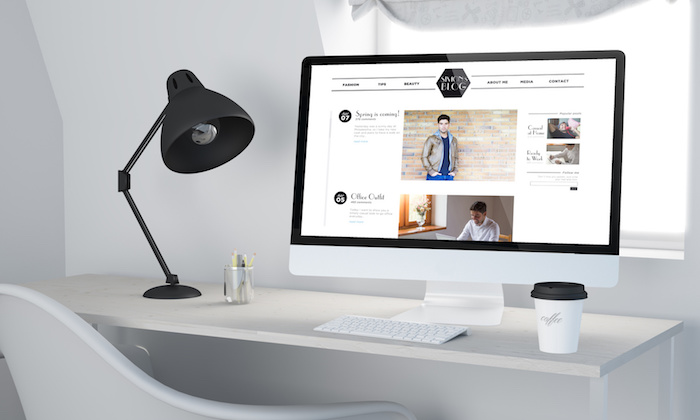

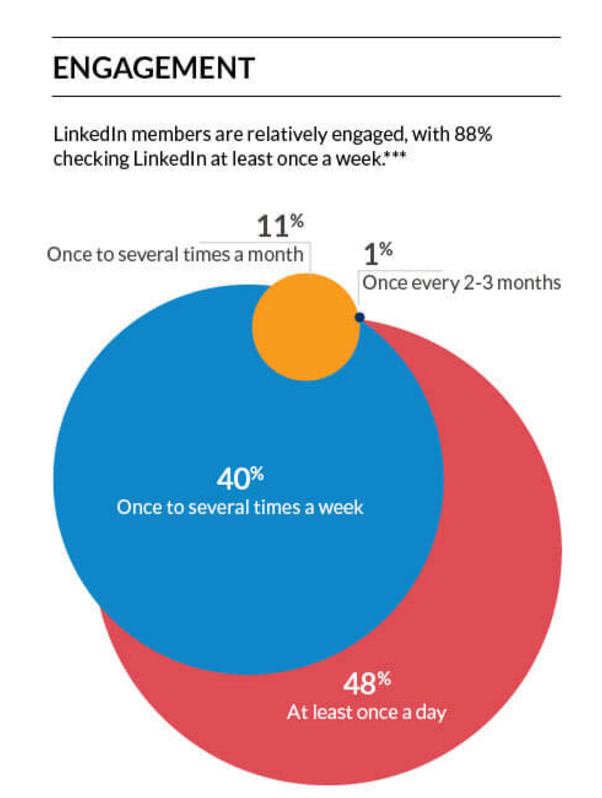


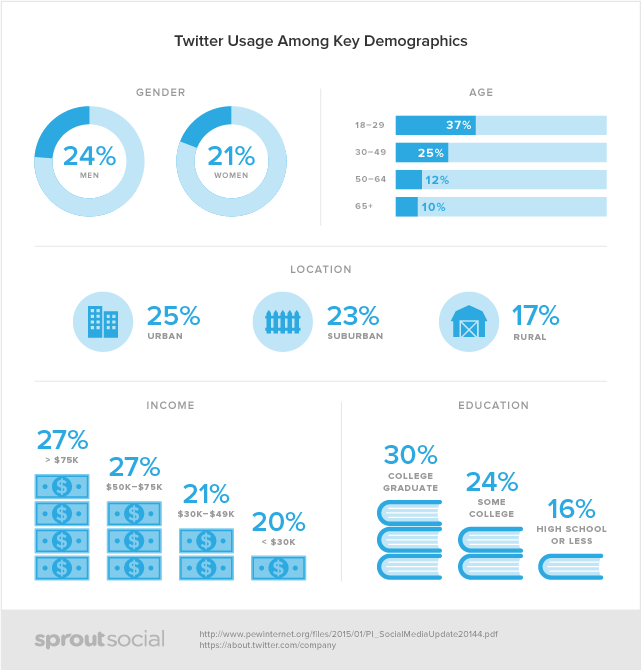

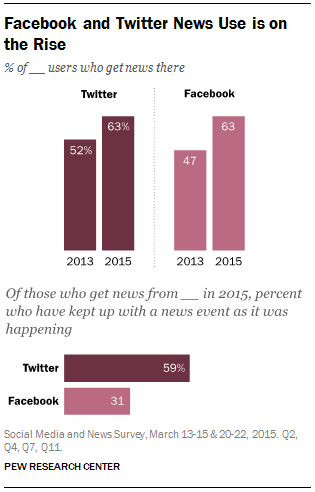

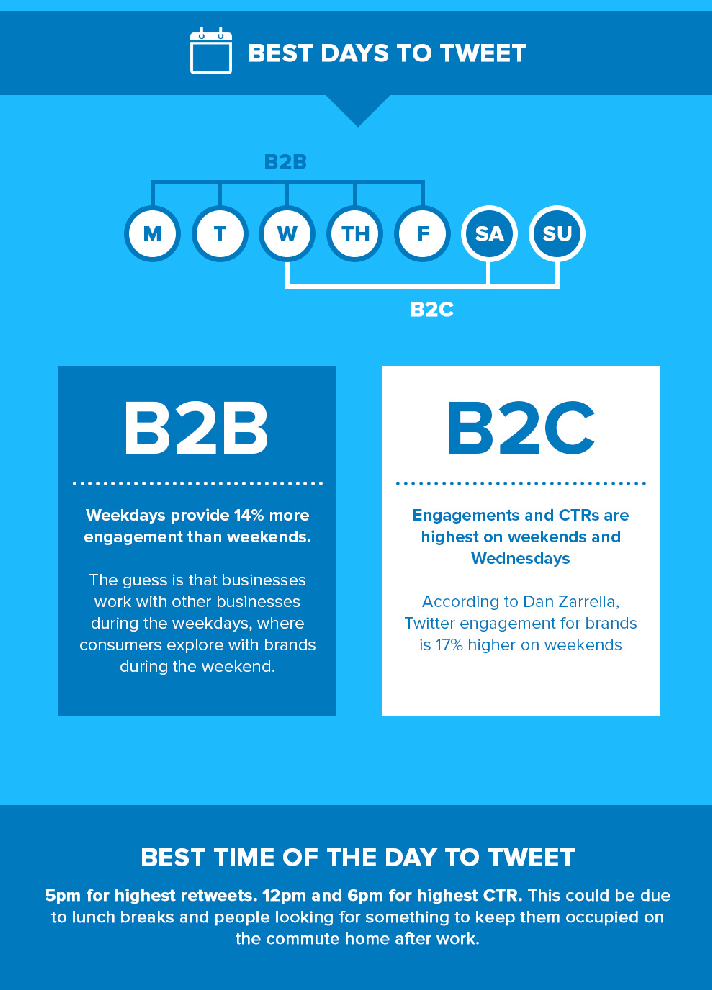
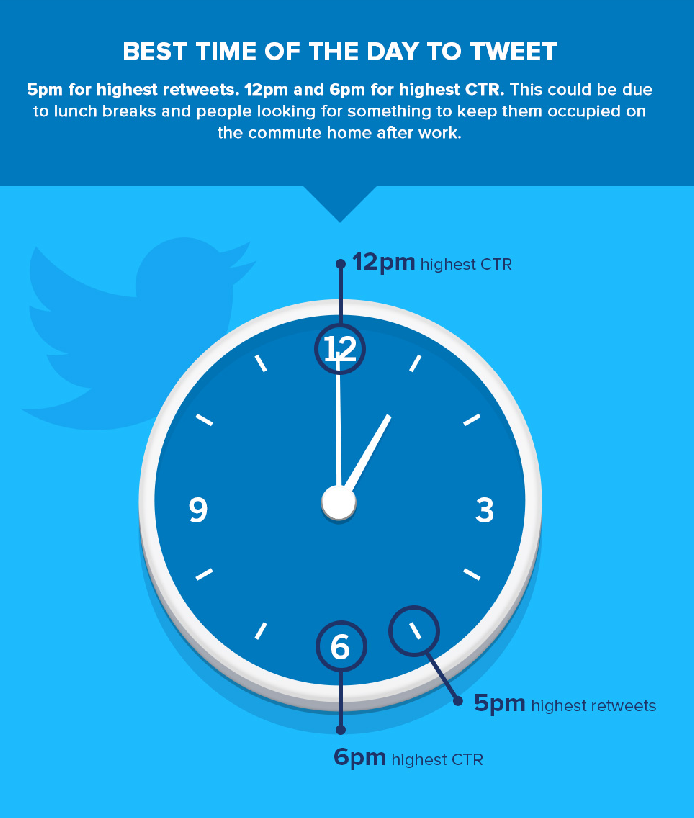
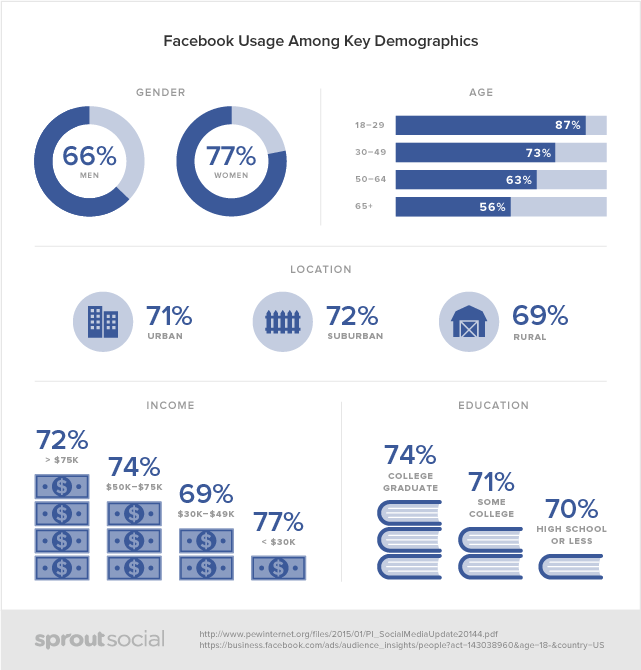
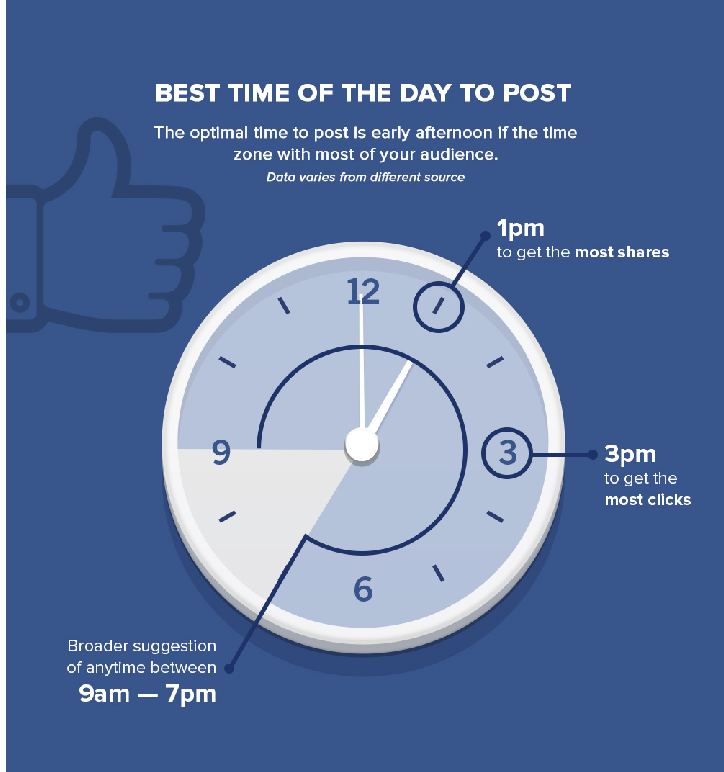

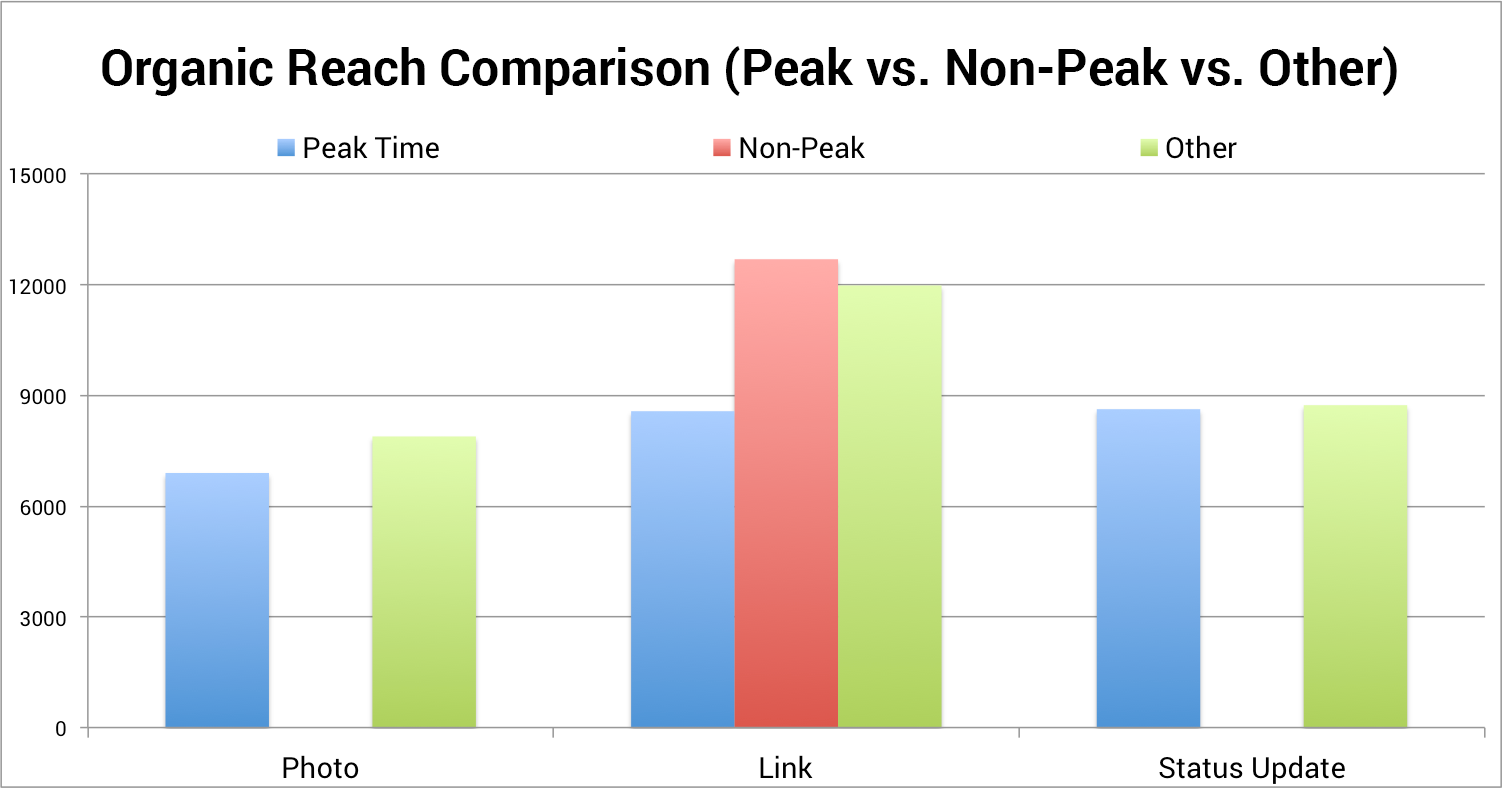
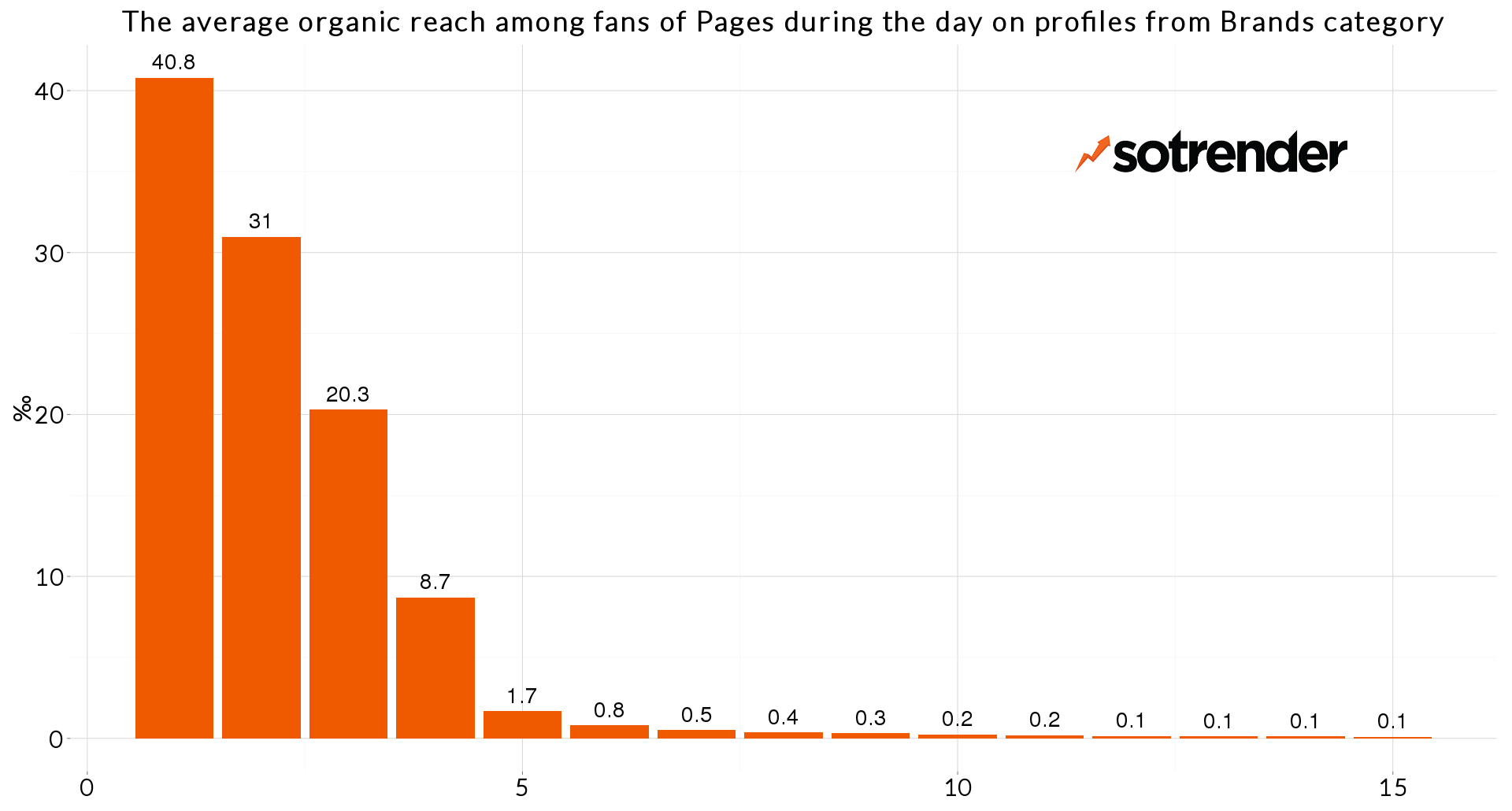


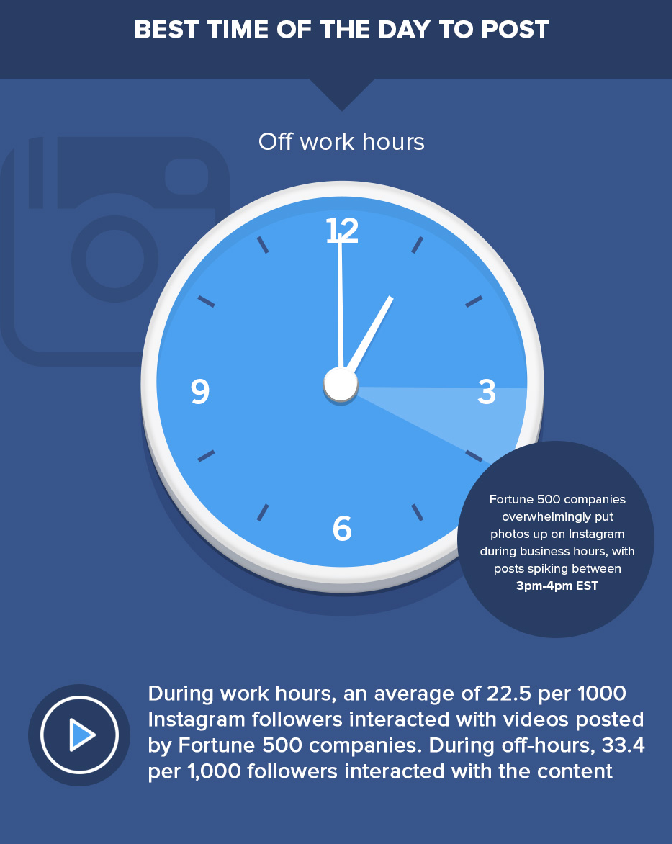
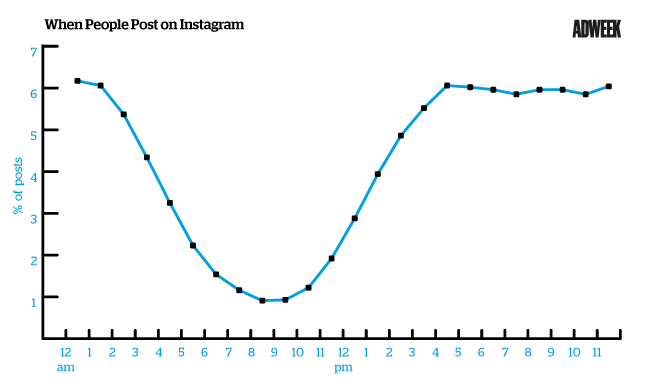

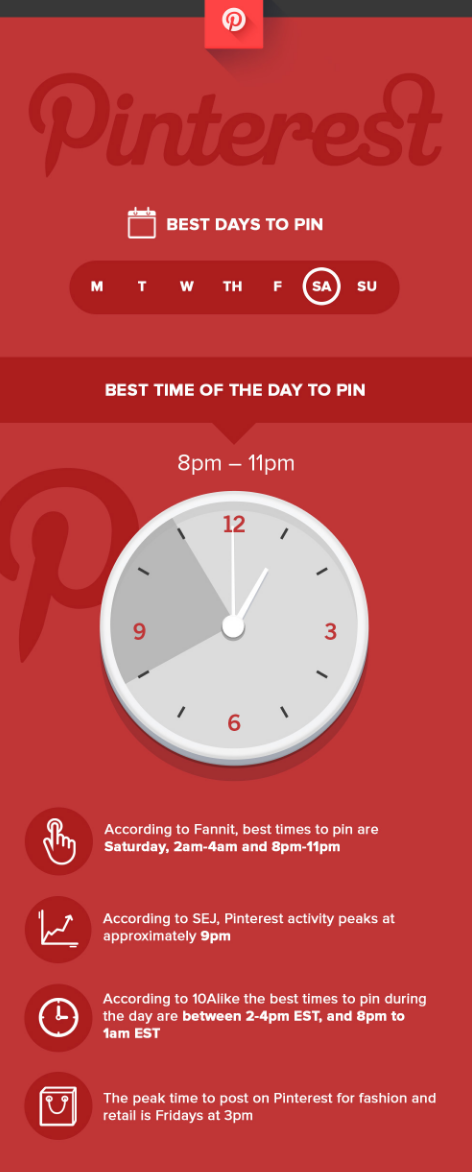


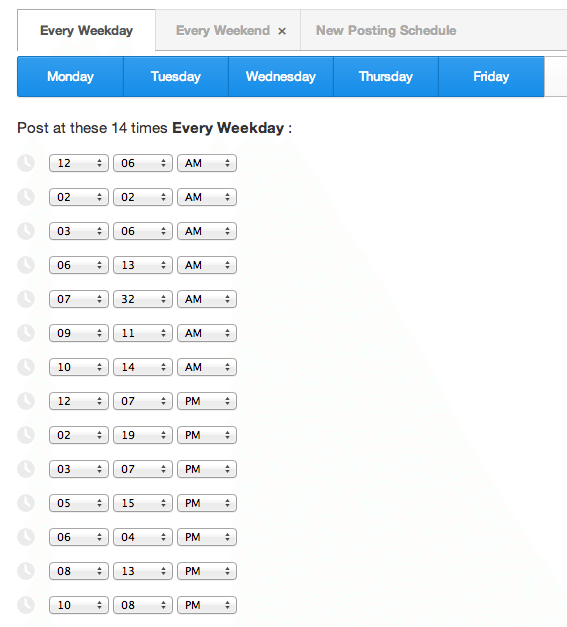





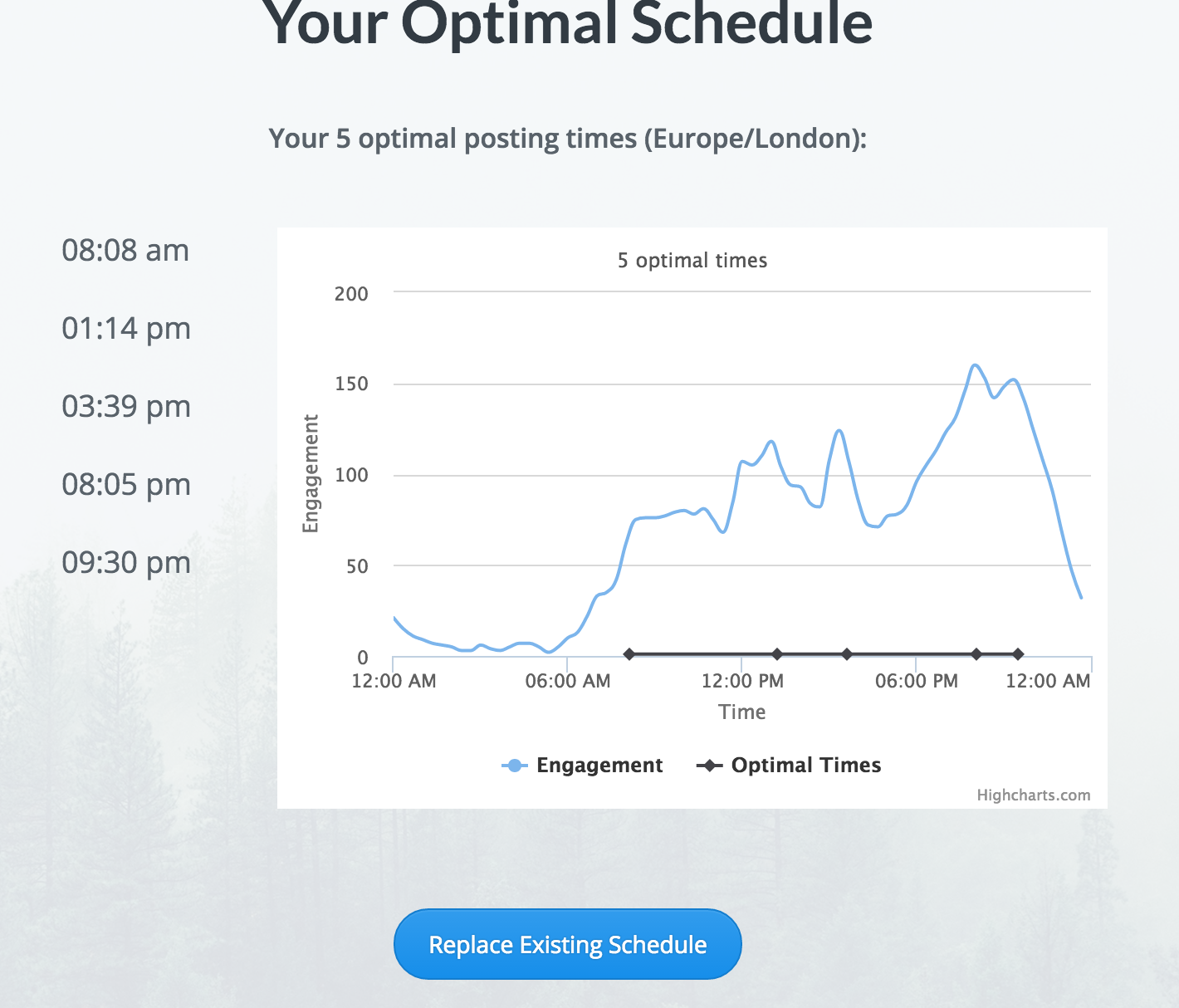
Comments (69)